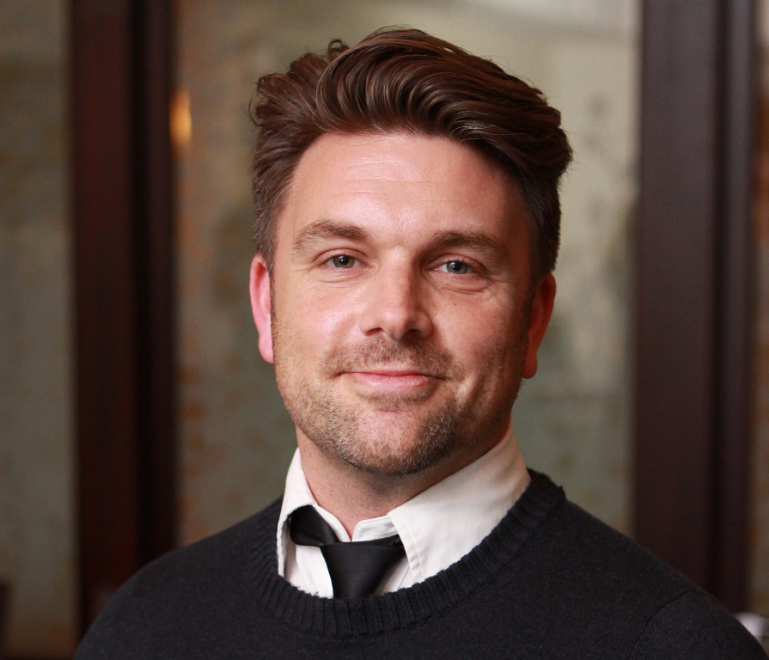Screen Producers Australia CEO Matthew Deaner (pictured) argues it’s time for the industry to unite in order to ensure Australian stories remain on our screens.
Make it Australian: “History never repeats itself, but it does rhyme” – Mark Twain.
2017 is likely to go down as a year of catharsis for the Australian film and television industry. After years of policy and regulatory inertia while the market has undertaken tectonic shifts, we have not one, but two reviews of the industry. One led by Luke Howarth for the parliament, the other by Mitch Fifield for the government. These are timely and highly relevant reviews.
In its review, the government’s policy objective may be paraphrased as “Australian stories on Australian screens”. For the parliamentary inquiry, the policy objective is the growth and sustainability of the Australian film and television industry. These two policy objectives are linked in an almost chicken-and-the-egg way: you can’t have an audience without an industry; you can’t have an industry without an audience.
1969 was another year of catharsis for the Australian film and television industry. In December of that year, GTV9 decided to replay Division 4 at noon over the Christmas period – a non-ratings period – and claim content credits without paying the actors residuals. In response, the production industry united under the banner of the ‘TV – Make it Australian’ campaign.
The conditions that fomented the campaign of the 1960s and 1970s were a dearth of Australian stories and Australian voices on Australian screens. In 1961, just one per cent of drama on Australian television was Australian; the other 99 per cent was imported, foreign content. In a tongue-in-check declaration of independence from foreign cultural imperialism, Phillip Adams wrote: “We hold these truths to be self-evident. It is time to see our own landscapes, hear our own voices and dream our own dreams.”
That successful campaign led to the creation of AFTRS, local content obligations on commercial broadcasters and a local film and television industry. The success of that campaign was that we made it Australian. We made great Australian cinema, great Australian television. We still do. But the challenge now is to keep making it Australian.
While much has changed since the 1960s, much stays the same. The global reach of the FANGs (Facebook, Amazon, Netflix, Google) means that not only do Australian audiences have access to Australian stories, but access to the world’s stories on a multiplicity of screens. In the digital environment, the cultural output of our island continent is not protected by the tyranny of distance. We are again faced with the conditions that agitated the Make it Australian campaign: a dearth of Australian stories on Australian screens. On the one hand, we might say there has never been a more exciting time to be a content creator, on the other we might remind ourselves of the Chinese curse, “May you live in interesting times”.
Once again it is time for the industry to unite, and we have. All elements of the industry have come together to plan a major national campaign. In the 1970s we made it Australian, now we must again, Make it Australian. The new Make it Australian campaign borrows from the past to fight for Australian stories, Australian voices and an Australian industry in the present, and into the future. This campaign will be a rallying point for the industry and I encourage everyone to get involved. Contact your guild. United we stand, divided we fall.
The objective of the campaign is for government to evolve the regulatory environment to include new market entrants. We are not alone in this objective. Europe is evolving its regulatory environment to include services such as Netflix. The nature of the European obligations is a 30 per cent library quota, an obligation to promote local content and an optional obligation to contribute a percentage of revenue to the local industry. These are sensible obligations and the Government can learn a lot from the European experience.
Our industry is at the intersection between culture and commerce. The tensions that arise between those complementary and competing objectives energise us and make it attractive for the nearly 20,000 Australians that work in our industry. We can’t allow commerce to conquer culture and vice versa. Before the 1960s and 1970s commerce ruled, we were flooded with foreign content and there wasn’t a local industry to supply local audiences. We cannot fall into the same trap. We made it Australian. Now we must again Make it Australian.
The Make it Australian campaign, a joint initiative of the Australian Writers’ Guild (AWG), Australian Directors Guild (ADG), Screen Producers Australia (SPA) and the Media, Entertainment & Arts Alliance (MEAA), will be officially launched September 18 at a series of events around the country.
The times and venues:
Sydney 6.30pm, Event Cinemas, George Street
Melbourne 3pm, ACMI
Brisbane 6pm, William Galloway Auditorium, QCU
Adelaide 5pm, Media Resource Centre
Perth 4pm, Luna Cinemas, Oxford Street, Leederville
Hobart 5.30pm, Fullers Bookshop
https://makeitaustralian.com/home/
This column was originally published in IF Magazine #178 August-September.



